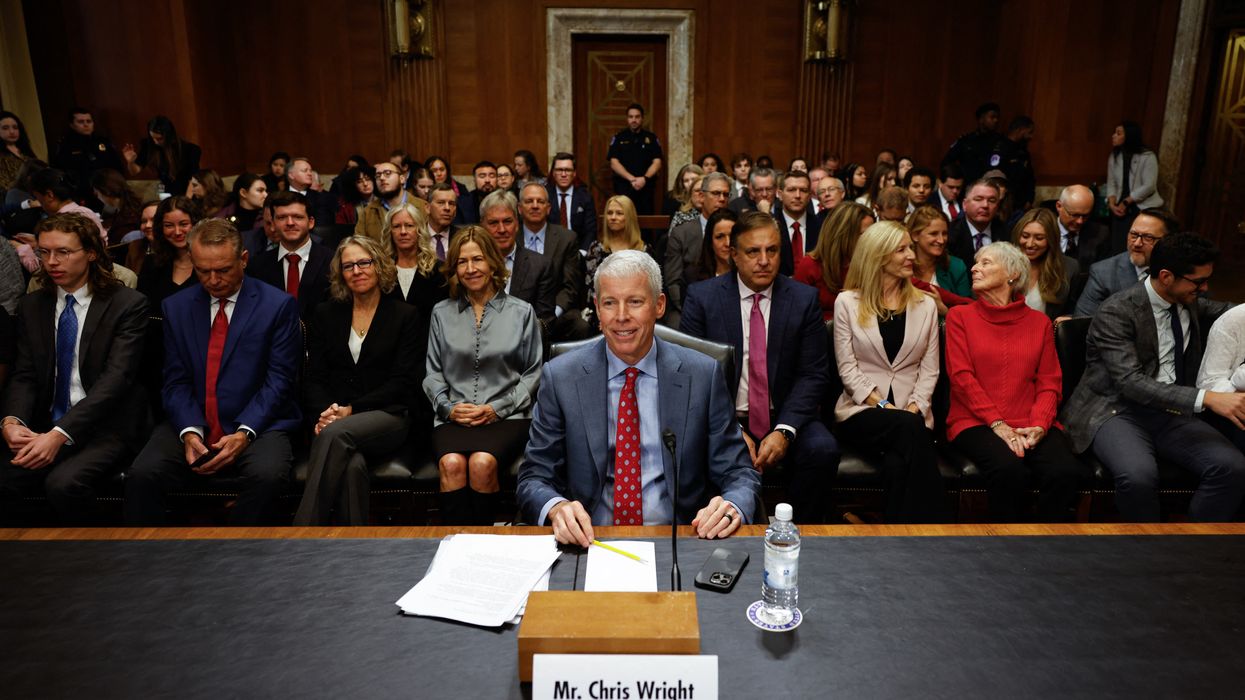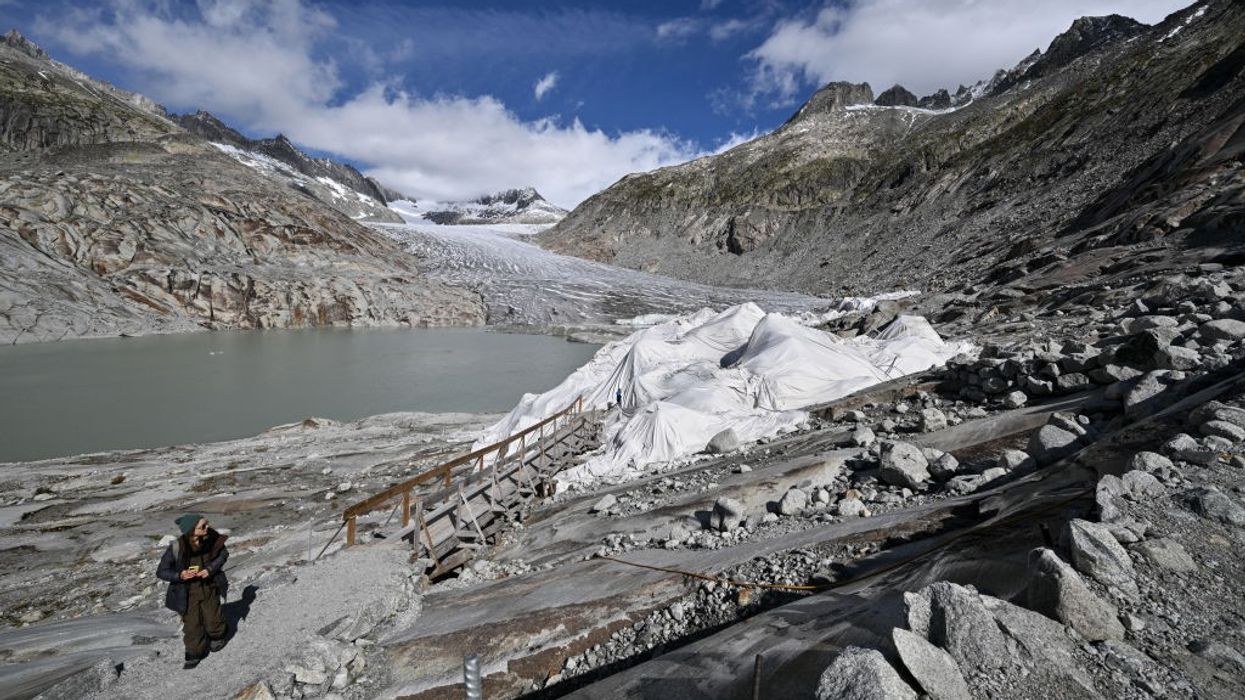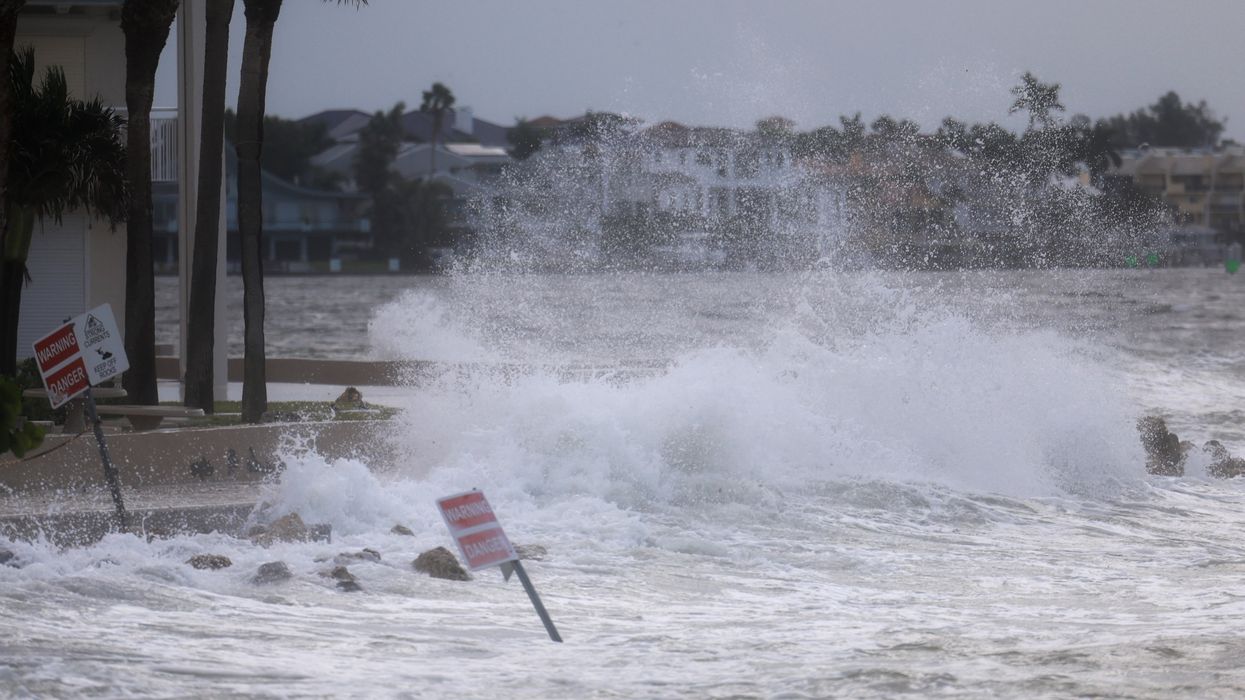Why Did DOE Axe $3.7 Billion in Clean Energy Projects Days After a Global Climate Alert?
This is not simply a policy mistake. It’s a calculated abdication of leadership for a fleeting political win.
On Friday, the U.S. Department of Energy announced the cancellation of 24 clean energy and industrial decarbonization projects. The agency claimed this move would save taxpayers $3.6 billion. But the real cost—economic, environmental, and geopolitical—will be far greater.
The decision came just days after the World Meteorological Organization warned that the planet has a chance of breaching 2°C of warming within five years. Around the same time, Norway’s $1.8 trillion sovereign wealth fund—the largest in the world—projected that climate risk could erase 20% of its U.S. equity holdings. While other nations mobilize to confront escalating threats, the United States—the largest economy on Earth—is retreating. This is not simply a policy mistake. It’s a calculated abdication of leadership for a fleeting political win.
We’ve seen this pattern before. From “beautiful, clean coal” to climate denial in congressional hearings to billions in fossil fuel donations, the Republican Party has long treated climate action as a culture war wedge. Clean energy is no longer debated on the merits—it’s dismissed as “woke,” undermined not out of ideological consistency, but political convenience. Market-based climate solutions could align with core conservative values: competition, energy independence, national security. Instead, Congress continues to treat policy as performance—enabling headlines over outcomes, symbolism over strategy.
The consequences are immediate, and they are devastating.
We didn’t just cancel 24 projects. We canceled momentum. We canceled trust. We canceled a framework that had finally begun to reconnect federal capacity with local ambition.
Tens of thousands of potential jobs vanished overnight. The canceled projects spanned over a dozen states—from Alabama and Texas to California and Massachusetts. Cities like Birmingham, Baytown, Toledo, Zanesville, Modesto, and Holyoke had been preparing for long-overdue industrial upgrades: electrified glass furnaces, carbon-captured cement kilns, regional hydrogen hubs. These weren’t theoretical moonshots. They were shovel-ready projects with partners in place. Economic development agencies were mobilized. Union halls were staffing up. Community colleges had launched clean workforce programs. Then came the call: It’s over.
DOE’s rationale? These projects didn’t offer sufficient return on investment. But no cost-benefit analysis has been released. What we do know: The canceled projects would have reduced over 9 million metric tons of carbon dioxide annually—the equivalent of taking 2 million cars off the road. These weren’t speculative technologies. They targeted sectors like steel, cement, chemicals, and paper—industries where emissions can be reduced, but not without public investment.
This wasn’t just climate policy. These were air quality improvements in neighborhoods with decades of industrial pollution. These were middle-class jobs, modernized infrastructure, and new revenue streams for local governments. They signaled that decarbonization could drive renewal—not austerity. That message mattered, especially in regions where federal support has long felt abstract or nonexistent.
So why cancel them?
Because it made for good optics. Many of the projects were located in red or swing districts. Cutting them allowed Republicans to posture against “wasteful” spending and energize their base. It transformed serious infrastructure investments into political theater. And Congress went along—not out of principle, but out of paralysis.
DOE now says it will redirect resources to long-horizon technologies: fusion, quantum computing, and artificial intelligence. These are important pursuits. But they won’t cut emissions at a cement plant in 2028. They won’t lower energy costs at a food processing facility next year. And they won’t create jobs in Modesto or Toledo.
There’s nothing wrong with moonshots—unless they come at the expense of shovel-ready progress.
Because these projects weren’t paper proposals. Local governments had hired staff. Contractors were preparing bids. Manufacturers were retooling supply chains. Students had enrolled in new clean industry training programs. With no warning, that entire ecosystem has been upended.
That decision undermines more than climate credibility. It erodes trust in governance itself. How can communities build long-term economic development strategies if federal support can be revoked without explanation? Why would private investors stay at the table when the public sector walks away midstream?
Meanwhile, other nations are surging forward. The European Union is investing in clean steel and cement. Canada is building out low-carbon supply chains. Norway is doubling down on green industry. And China is scaling solar, electric vehicles, and hydrogen at unprecedented speed—cementing not only energy dominance but geopolitical power.
For an administration that brands itself “America First,” this is anything but. It is a strategic withdrawal—from economic competitiveness, global leadership, and the industrial future itself. We are ceding the next era of manufacturing—not just to allies, but to adversaries.
And none of this should be surprising. The Trump administration has been explicit about its intent: Strip climate out of agency missions, dismantle regulatory capacity, and discredit climate science. But the deeper failure lies in what Congress has allowed. The legislative branch is no longer functioning as a check on executive excess. It has become a bystander to the dismantling of public purpose.
We didn’t just cancel 24 projects. We canceled momentum. We canceled trust. We canceled a framework that had finally begun to reconnect federal capacity with local ambition. We walked away from thousands of jobs, millions of tons in emissions cuts, billions in co-investment—and a fragile sense of possibility.
And we did it for a press cycle. To placate donors. Fully aware of the consequences.
The cost won’t just be measured in carbon. It will be measured in time lost, in broken partnerships, in shuttered training programs and shelved contracts. And in the widening distance between the future we could build—and the one we keep choosing instead.


